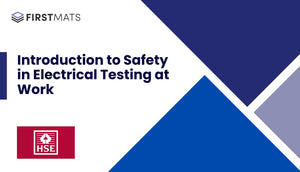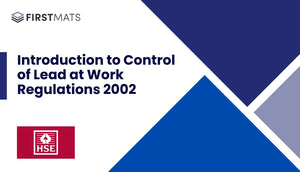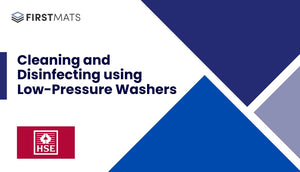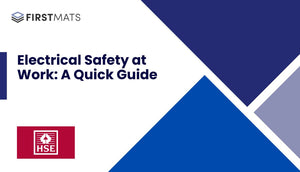Article Index:
Introduction
This article is a quick guide based on the Health and Safety Executive (HSE) document titled "Ergonomics and human factors at work: A brief guide" (INDG90 rev3). It is aimed at employers, managers and anyone interested in understanding the importance of ergonomics and human factors in the workplace. The original document provides examples of ergonomics problems and offers simple, effective advice on how to solve them.
Understanding Ergonomics and Human Factors
Ergonomics, also known as human factors in certain industries, is a science that ensures a good fit between people and their work. It takes into account people's capabilities and limitations, aiming to ensure that tasks, equipment, information, and the environment fit each worker. Factors such as the job/task being done, the individual’s physical and psychological characteristics, and the organisation and social environment are considered. This approach helps design safe, effective and productive work systems.
Benefits of Ergonomics
- Reduces the potential for accidents
- Reduces the potential for injury and ill health
- Improves performance and productivity
Typical Workplace Problems Ergonomics Can Solve
Ergonomics can solve both physical and psychological problems in the workplace. For instance, it can ensure that emergency stop buttons are positioned so that people can reach them readily. It can also address issues such as high or low workload, unclear tasks, time pressures, inadequate training, and poor support from managers.
Identifying Ergonomics Problems
Checking for human factors problems is part of the normal risk assessment process. This can be done by talking to employees, observing the workplace, and reviewing any accidents or reports of ill health. Employees' involvement in decision-making about health and safety can help spot workplace risks and increase the level of commitment to working in a safe and healthy way.
Solving Identified Ergonomics Problems
If an ergonomics problem is identified, it's important to talk to employees and consider possible solutions. Minor alterations may be all that's needed to make a task easier and safer to perform. However, if the problem is complex, it may be necessary to consult a qualified ergonomist. Adopting an ergonomics and human factors approach can ultimately save money by avoiding costly accidents, reducing injuries, reducing sickness absence, and improving quality and productivity.
Conclusion
In conclusion, ergonomics plays a crucial role in ensuring a safe, productive and healthy work environment. By considering the fit between the worker, their tasks, their equipment, and their environment, it's possible to improve overall workplace safety and efficiency. For more detailed information, refer to the original HSE document or other related guidance.







